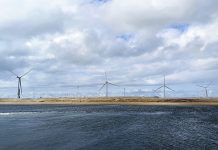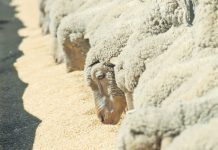
The Institute for Grape and Wine Science (IGWS) recently demonstrated Robot X (aka ‘Dassie’), on Stellenbosch University’s experimental farm, Welgevallen.
Developed in South Africa, Robot X is part of the industry’s vision of making viticulture more sustainable through the use of advanced technology. “We’re introducing the prototype at this early stage to get farmers’ input on what the primary functions of a vineyard robot should be,” says Dr Albert Strever from the Department of Viticulture and Oenology at Stellenbosch University.
The project, which was approved in September last year, is funded by the IGWS and involves a team of researchers from Stellenbosch University and the Council for Scientific and Industrial Research (CSIR) in Pretoria. According to Strever, the aim was to create a locally manufactured robot suited to South African conditions, and the CSIR already had experience in this regard.
At this stage, the device is equipped with a laser scanner and high-definition cameras. It can pull an electromagnetic induction sensor to map soil differences. The robot can be controlled via WiFi from a computer or cellphone, and all measurements are streamed online to a computer for processing.
Advanced diagnostics
“The robot may eventually be used to investigate yield estimates, collect soil information, diagnose stress reactions, and measure excess or shortage of nutritional elements in a grapevine,” says Strever.
In this way, decision-making will be improved, boosting production efficiency and cutting costs. “Over the next 12 months,
Robot X will be comprehensively tested and refined. Ideally, a vineyard robot should make it easier for producers and consultants to obtain accurate information to manage grape production.
The goal is therefore to develop sensors that can obtain a spatial overview of a vineyard quickly and accurately, without necessarily having to take physical samples for analysis.”













